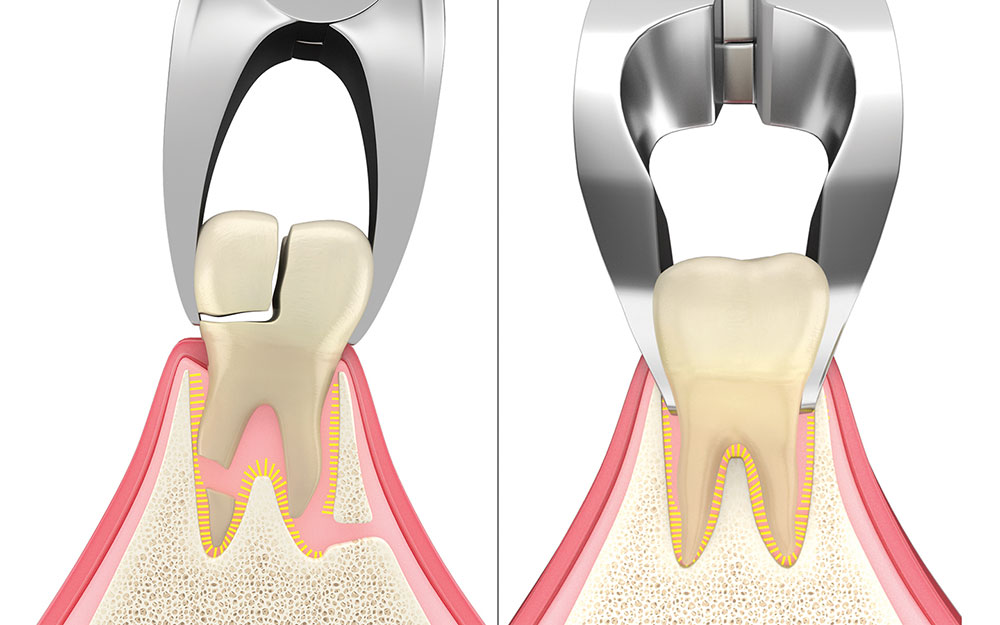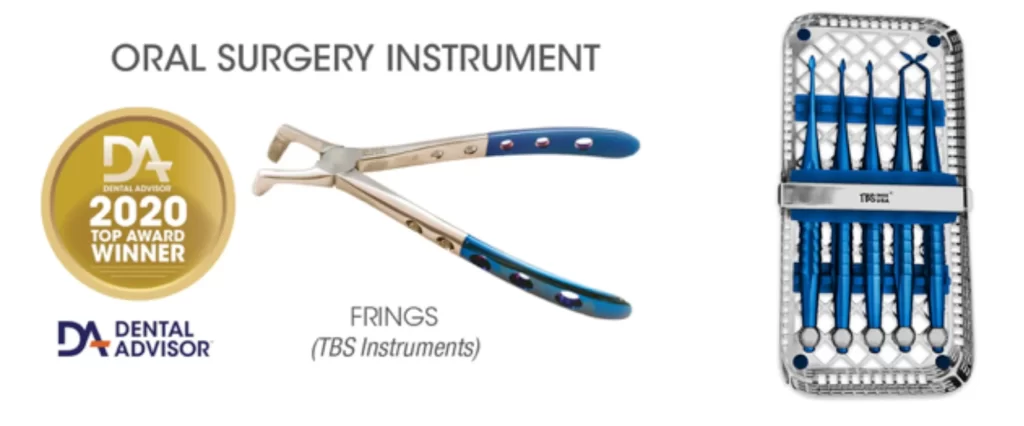
Remember when you lost your first tooth? Tooth extraction may have first been introduced, in jest, with the image of a string, a tooth, and a doorknob. Regrettably, many patients today perceive tooth extraction as an unpleasant but necessary step to attain a healthy, confident smile.
Make Your Search for The Right Instruments Less Traumatic
The reality is that tooth extraction is routinely performed in most dental practices, but atraumatic extractions and proper bone grafts in dentistry are critical to achieve desirable esthetic results as well as provide an adequate foundation for implant placement.
Tooth extractions are performed when teeth are compromised or cannot be restored due to clinical or financial reasons, or when teeth are healthy and non-symptomatic, as in the case of third molars or premolars for future orthodontics. Regardless of the reason, an atraumatic approach should replace conventional techniques.
What is Atraumatic Tooth Extraction?
Atraumatic tooth extraction is a technique that is specifically designed to remove teeth with minimal damage or trauma to the surrounding bone and tissue. This minimally-invasive technique yields optimal outcomes for both the patient and the clinician. When benefited by specially-designed surgical instruments, a clinician is able to loosen the tooth in the socket and remove the tooth without destroying the bone, preserving the bony and gingival architecture.
Benefits of atraumatic tooth extraction:
• Less risk of damage to the bone, helping to preserve bone height and width for placement of dental implants
• Less risk of damage to the surrounding gum tissue and nearby nerves
• Ensures long-term implant function and esthetics
Instruments Best for Atraumatic Extraction
Instruments specifically designed for atraumatic extraction enable the clinician to achieve optimal surgical outcomes. A proper extraction kit should contain:
• Instruments designed to reach deep into the periodontal ligament (PDL) space and cut the PDL while hugging the long axis of the root, such as an elvatome®
• Instruments that eliminate the need for traditional prying or elevating, and significantly reduce the need for rotational luxation with extraction forceps, such as FRINGS® forceps and elvatomes®
• Extraction forceps with greater anatomical shape on the crown that also enable subgingival grip on the root to prevent tooth fracture, such as FRINGS® extraction forceps
TBS Dental offers award-winning atraumatic extraction forceps called FRINGS®, unique forceps with an internal spring that allows the forceps to auto-retract. This patented design removes the need to use fingers to open the forceps and incorporates an ergonomic grip for optimal handling. FRINGS® are fabricated with German stainless steel for durability, a two-tone registered titanium finish, and come with a lifetime warranty. FRINGS® are available in a wide range of the most preferred beak designs for high precision and performance–reducing the risk of tooth fracture.

Better-designed, more efficient instruments optimize the skill of the dental clinician and help produce ideal outcomes and happier patients. When was the last time you upgraded your extraction forceps or surgical setups? If you are still working with inherited or outdated surgical hand instruments, consider complementing your craft with quality instruments to increase your efficiency and lower your stress.
Visit tbsdental.com to see our complete atraumatic extraction instrument lineup and #findyourFRINGS




Atraumatic extraction is a game-changer in dental procedures! This minimally-invasive technique removes teeth with minimal damage to surrounding bone and tissue, making it a top choice for both patients and clinicians. By preserving the bone and gingival architecture, it ensures optimal outcomes for future dental implants. The use of specialized surgical instruments allows for a smooth extraction process, reducing risks to gum tissue and nearby nerves, and promoting long-term implant success and esthetics.
Do you have a directory of dentists who practice atraumatic extractions?
I live in Sonoma County, California.